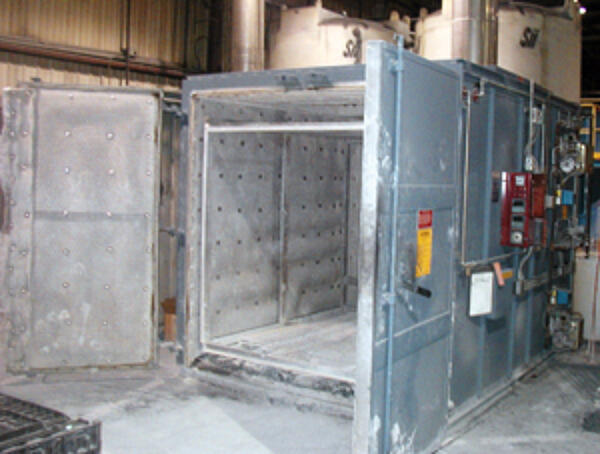Powder
Similar in some ways to painted steel, powder coated steel also provides barrier protection to the substrate steel. The process of powder coating involves covering a surface with powder material, then curing it in an oven to set the finish.
This can be achieved either by spraying electrostatically charged powder onto the piece, or by lowering it into a fluidized bed of powder. Powder coatings can incorporate color or be comprised of various formulations to address specific needs, such as protection from chemicals, abrasion, and ultraviolet rays.

Once coated with powder, the piece is then cured in an oven heated to between 375 F and 400 F to melt, flow together over the piece, gel into a smooth film, and then dry with a firm, durable finish. The final coating can vary from high gloss to matte depending on the formulation of the powder.
As with paint, adhesion is critical to provide a consistent, uniform powder coating free of any sags, drips, runs or bubbles. Though it is also mechanically-bonded to the metal, a powder coating applied with care and regularly maintained will not crack, chip, or peel as paint can. The performance of the coating is based on the formulation and the environment in which it is placed. Powder coating is a factory applied process and can be limited by the size of the spray booth or the curing oven.
